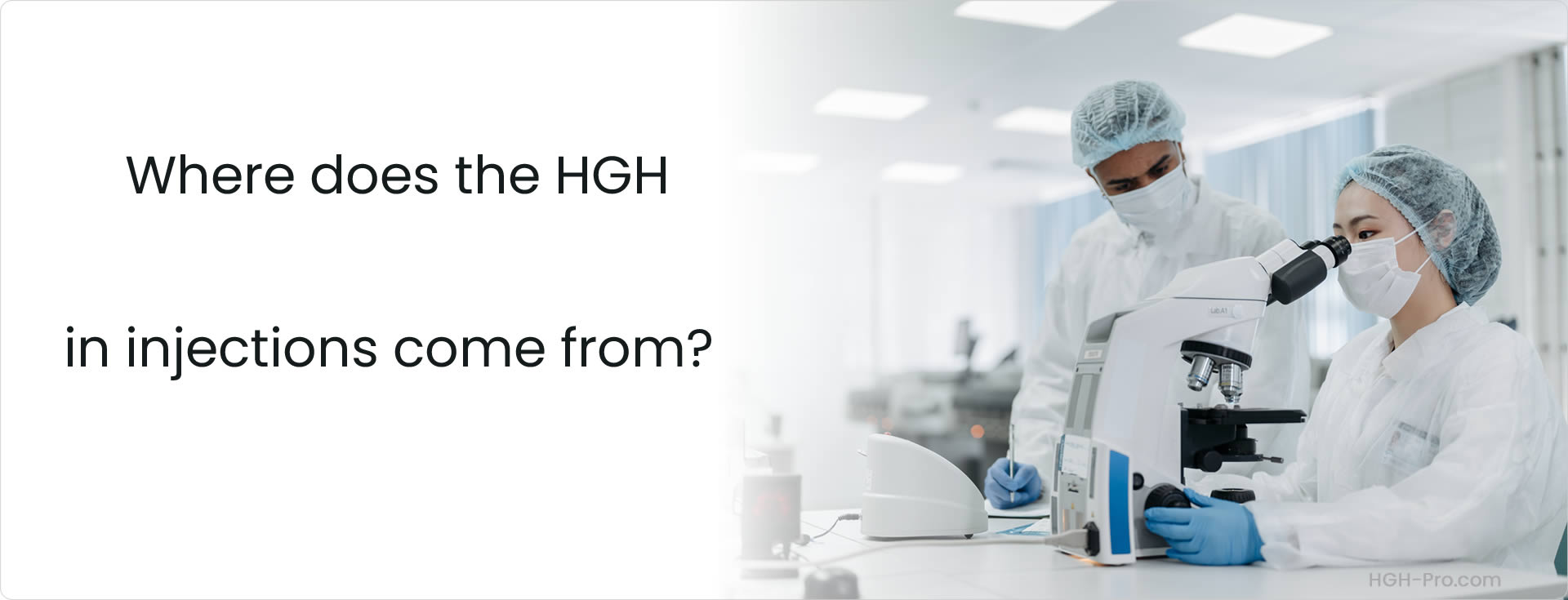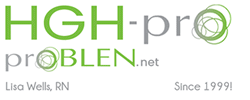The Source of Today's Growth Hormone
By Lisa Wells, RN

HGH (human growth hormone) was discovered in the 1920's. It was first used in children in 1958 where it helped those with stunted growth due to pituitary deficiency to grow more normally.
Up until the 1980's its only source was from the brains of cadavers, mostly from Africa. It would take thousands of dead brain cells from the pituitary gland to obtain a few drops of growth hormone to treat the children who suffered with pituitary insufficiency. The children received their doses by injection, which was the only effective route of administration.
Although many children were benefiting from the injections of growth hormone it was soon discovered that many of the children were acquiring Creutzfeldt-Jakob disease (CJD). Also known as subacute spongiform encephalopathy CJD is one of the transmissible spongiform encephalopathies (TSE) that is caused by a prion. At this time there is no cure for Creutzfeldt-Jakob disease and it is usually fatal.
After it became known that the children who were being treated were acquiring CJD the cadaver sourced growth hormone was removed from the market.
Once the cadaver growth hormone was removed from the market there was no source of GH for those who needed it. Since the treatments had been so helpful to the children with stunted growth a new source was very much needed and so the rush was on to successfully synthesize human growth hormone. Since HGH is a protein that is made up of 191 amino acids it would be a very difficult task since every amino acid had to first be identified.
In 1985 the U.S. Congress passed the "Orphan Drug Act" as a financial incentive for pharmaceutical companies to develop drugs that would be needed by fewer than 200,000 persons. If a company would agree to develop a certain drug they would be given exclusivity for seven years and so no one else would be allowed to compete in their market during that period.
Around this time genetic engineering with its gene splicing was invented. This new technology allowed scientists to clone the proteins that make up the human body. Scientists could now more easily identify the exact DNA sequence for a particular protein. Once cloned, the bacteria E. coli would be used to turn out an endless supply of the drug.
Genentech's Protropin
In 1985 Genentech introduced the 2nd recombinant DNA drug ever produced and it was brand named Protropin. It was almost identical to the DNA chain of human growth hormone made by the pituitary gland of humans except that its code sequence was off by one amino acid. The researchers felt sure that this slight variation in the code would not affect the performance of Protropin however it left the doorway open for other pharmaceutical companies to compete.
Eli Lily's Humatrope
In 1986 Eli Lily, a company based in Indianapolis succeeded in making a human growth hormone product that contained all 191 amino acids and was 100% identical to the growth hormone made by the pituitary gland of the human body. They brand named their product Humatrope. They also sought protection for their new drug through the Orphan Drug Act and so a court battle ensued between the two companies. In the end Genentech agreed to license its process patents to Eli Lily for about $145 million. After the battle the decision was that both companies would be able to produce and distribute their drug and all other companies would be kept out of the US market.
Legal Battles Over HGH
Once the court battle between Genentech and Eli Lily had ended each company began to distribute their products for use in children. Although it was not in writing these companies and the FDA seemed to have an understanding that the products would only be used in children to treat growth hormone deficiency.
With one year's supply of either product costing each patient $14,000 to $30,000 per year Genentech and Eli Lily soon made about $175 million just by selling their products for use in children. This was an enormous amount of money but with the clinical studies that were being done on adults it soon became clear that the real potential of human growth hormone lay in what it could do to fight aging and how it could help various health conditions in adults.
By 1995 their time of exclusivity under the Orphan Drug Act had run out and in 1996 the FDA approved the use of human growth hormone in adults with certain health conditions. At that time several European and Asian pharmaceutical companies were ready and waiting to enter the U.S. market.
There are now several different brand named HGH products as well as various generic products, called Somatropin, which are available by prescription in the U.S. The increase in competition, especially from the Asian market, has driven the prices down, however today HGH injections remain among the most expensive medications available.
Is HGH Safe?
Legitimate synthetically made (recombinant) human growth hormone does not put the patient at risk for Creutzfeldt Jakob disease because it is not sourced from humans or animals. However, there are fake HGH injection products on the market and their safety cannot be assured.
Summary
Prior to the 1980's human growth hormone was obtained from the brains of cadavers, however cadaver HGH was found to be causing Creutzfeldt Jakob disease in the children who were taking it and so the U.S. FDA pulled it off the market.
Since HGH was so important for the children with stunted growth a replacement was needed.
Two pharmaceutical companies, Genentech and Eli Lily, went to work to reproduce growth hormone synthetically. Both companies came out with their own versions in which Genentech was first in 1985 with their Protropin, and Eli Lily followed in 1986 with their Humatrope.
Today all legal human growth hormone in the United States is recombinant (synthetic) with the generic name Somatropin. It does not carry the risks of Creutzfeldt Jakob Disease.
Additional Reading
Growth Hormone and the Risks of Creutzfeldt Jakob Disease
Human Growth Hormone and the Aging Process
The Different Types of Growth Hormone Therapy
Bibliography
1. Klatz, Ronald, Grow Young With HGH, HarperPerennial, 1997.


